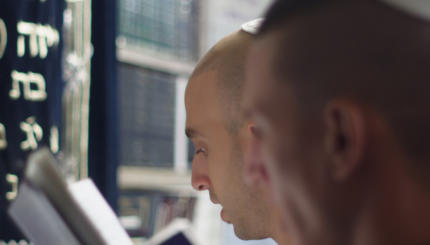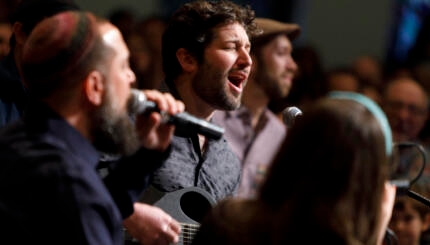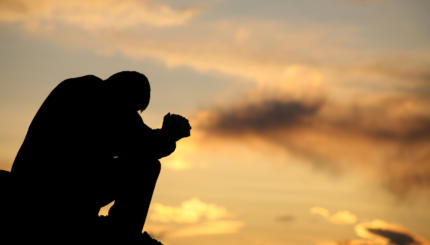Reprinted with permission from Hebrew College Today 16:2 (Spring 2002).
In 1976, Eric Werner, the eminent Jewish musicologist, wrote an important book titled A Voice Still Heard. Werner owed his title to the clever metathesis of the phrase from the High Holiday liturgy of the Un’taneh Tokef prayer, “a still voice is heard.” The pun describes the state of Jewish music despite millennia of dispersion of our people, namely that it has survived in the face of a great many forces that might otherwise have destroyed it.
A Brief History of the Cantorate
The history of the cantorate is far too complex to address in this short essay. I refer interested readers not only to Werner but also to Mark Slobin’s opus on the American cantorate, Chosen Voices. But let me attempt a brief overview.
After the destruction of the Second Temple and the disbanding of the Levitical choirs in approximately 70 CE, the liturgy and music of worship became more particularized. Given the growing importance of tefillah [prayer] and the lack of uniform literacy among worshippers, the emergent synagogues began designating representatives to pray on behalf of those who may have been unable to do so. These representatives were called sh’lihei tzibbur [literally “emissaries of the congregation”], a term we still use today to describe individuals who lead services.

Help us keep Jewish knowledge accessible to millions of people around the world.
Your donation to My Jewish Learning fuels endless journeys of Jewish discovery. With your help, My Jewish Learning can continue to provide nonstop opportunities for learning, connection and growth.
Somewhere around the seventh century CE, professional sh’lihei tzibbur were engaged who not only knew the basic prayers but who were able to create and chant beautiful poetic interpolations on the themes of the basic prayers, known as piyyutim. These individuals were the first hazzanim, or cantors. As worshippers increasingly valued the melodic and aesthetic quality of prayer, the hazzan emerged as the singer extraordinaire of the Jewish people.
From the late Middle Ages through the early 19th century, the office of the hazzan was arguably the most constant fixture of synagogue life. During the middle and late 19th century, however, the cantorate underwent significant changes in response to the influence of several forces, including liturgical reform and the re-introduction of choral music into the synagogue, modeled to a large extent on the church music of the day. By the turn of the 20th century, any cantor worth his salt had an accompanying chorus or at least a handful of meshor’rim [singers] to enhance the music beauty of the traditional [music modes for prayer, known collectively as] nusah.
The Hazzan’s Many Roles
Over the centuries and across the diaspora, cantors took on a variety of religious and communal roles in addition to leading prayer services, including shohet (ritual slaughterer), mohel (performer of circumcisions), teacher and government official.
Although the roles have changed somewhat in the present time, the template of the cantor as a religious and cultural functionary has largely remained. It is common for professional hazzanim to serve many functions in the modern synagogue-community, including teacher, pastor, chaplain, choir director, and cultural impresario. And to this day, some of our most talented mohalim [plural of mohel] are still cantors!
A Resurgence of Congregational Singing
Returning to the musical landscape of the cantor and synagogue, the most significant change to the modern cantorate has probably been the move from a congregation of listeners to a congregation of participants. Participation was always a part of the Jewish worship service, but now active participation is the rule rather than the exception for an increasing number of communities. As a result, today’s cantor is responsible for teaching and leading the congregation in song and for crafting a worship experience that invites communal singing for more of the service.
As participation in the music aspects of worship has grown, a tension has arisen between the desire to maintain traditional nusah on the one hand and to incorporate more contemporary and accessible melodies on the other. The significance of the tension goes beyond mere aesthetics, since nusah carries with it a wealth of religious, cultural and calendrical associations that are liable to be lost in the melodic substitutions.
The evolution of the cantorate requires that we greet the modern with an appreciation of our tradition and thereby form a community of Jews who value the totality of the Jewish musical experience. In this way, we can each add our own unique voices to the collective voice still heard.


